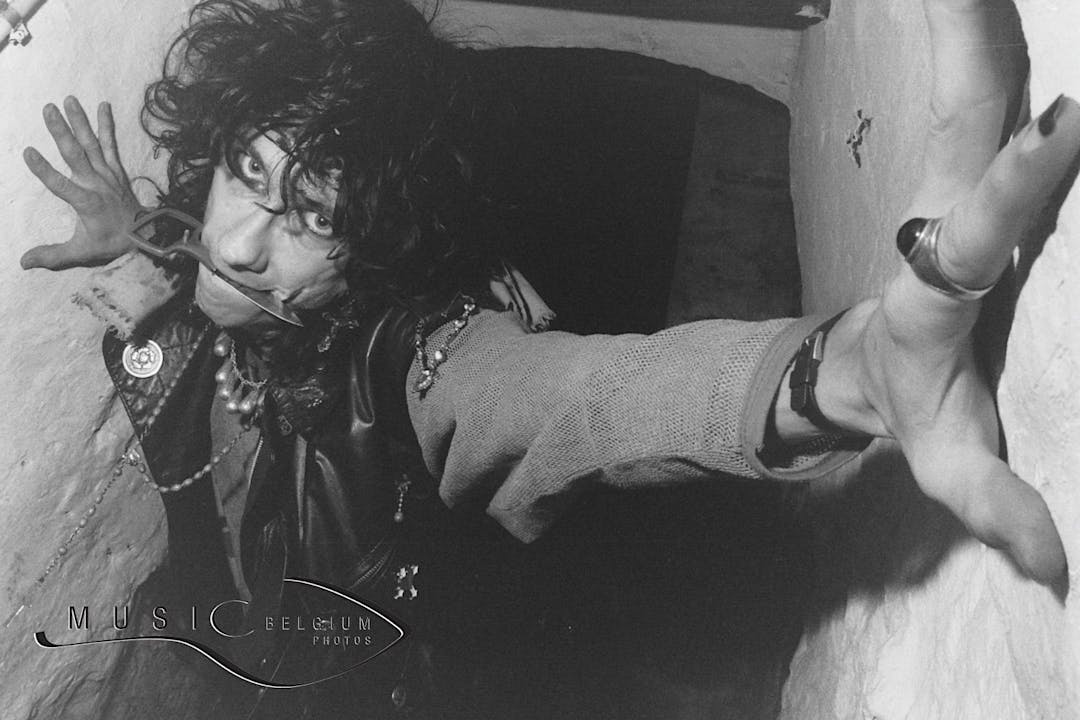
TAGTIK NEWS - TO THE POINT
Chess: Where Does the Bishop Come From?

And why does it have different names in different languages?
Of all the popular board games, chess is perhaps the oldest and certainly one of the most intriguing. Both the pieces and the moves reflect a Middle Age mindset, with a war being battled by kings, queens, knights and pawns.
But one character stands out: the bishop – with his demeanour and tall hat with a letterbox-like slit.
From warrior elephants…
The origins of chess go back to 6th-century India, where chaturanga was played. This game represented units of the Indian army: infantry, cavalry, elephants, and war chariots. The equivalent of the modern bishop was the elephant.
As it spread to Persia, chaturanga became shatranj, and the elephant was known as al-fil in Arabic, meaning "the elephant."
…to warring bishops
In medieval Europe, where elephants were uncommon, the piece's original meaning was lost. Bishops, however, wielded power and could raise armies for a king. So they also played a role in the art of war. Who better to replace a strong elephant in battle than a powerful bishop?
In the Germanic world, läufer ("runner") refers to the piece's ability to move diagonally right across the board. In French, fou means "crazy" or court jester and probably also derives from al-fil, misinterpreted in old French as le fol. Slavic languages use terms for 'hunter' or 'shooter'.
So as we play out the battles between kings, queens, pawns and jesters in chess, spare a thought for the ancient elephants of India.
(Michael Leahy. Photo: Doğan Alpaslan Demir/Pexels)
LATEST NEWS

Jailed Georgian and Belarussian journalists win top EU rights prize

Born October 22: Stiv Bators (Lords of the New Church), prophet of chaos

Born on October 22: Jeff Goldblum, amateur jazz musician and Hollywood star

Born on October 21: Manfred Mann still lives on planet Earth Band

Smart #5 Brabus Test: A champion at the terminal

Born on October 20: Mark King (Level 42), groove at his fingertips
Quick links